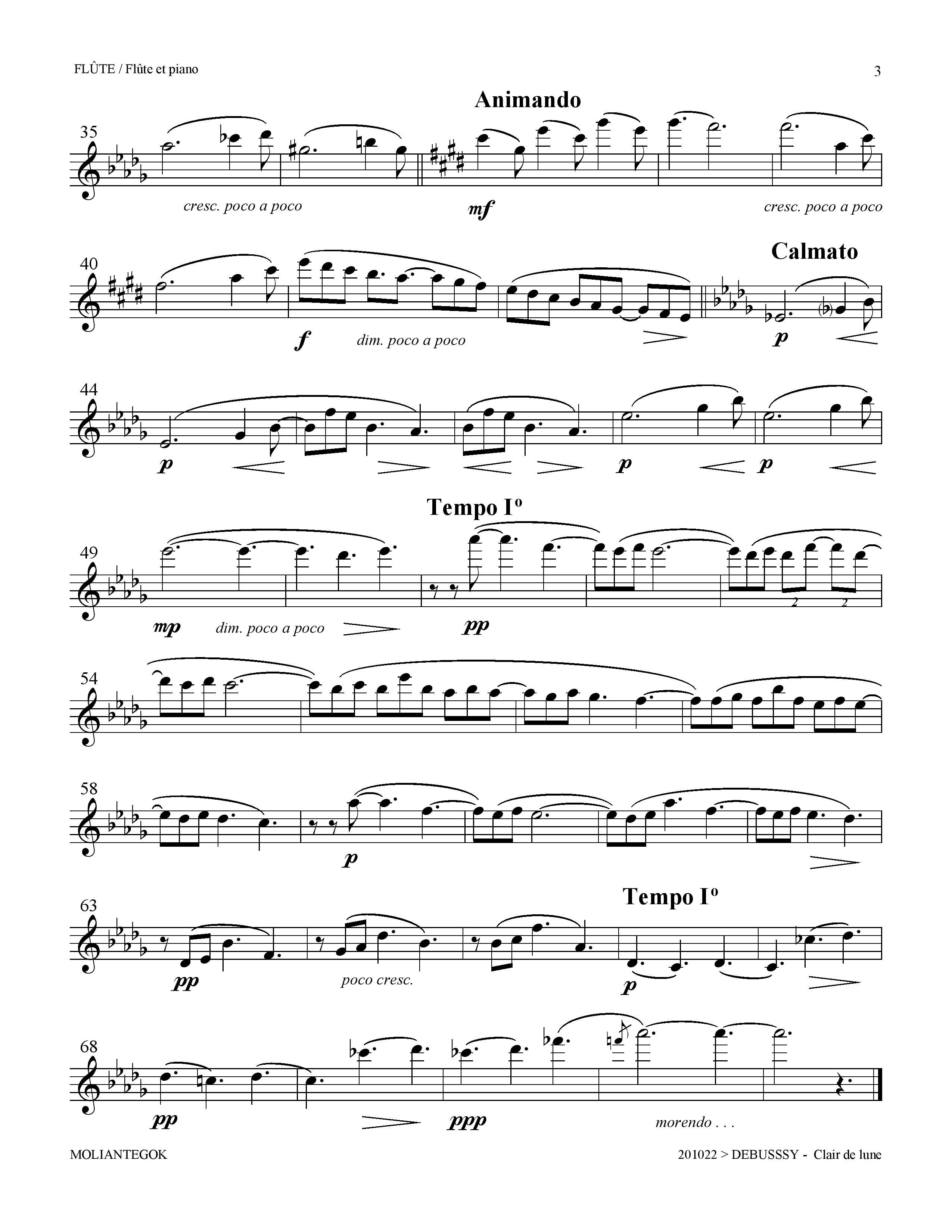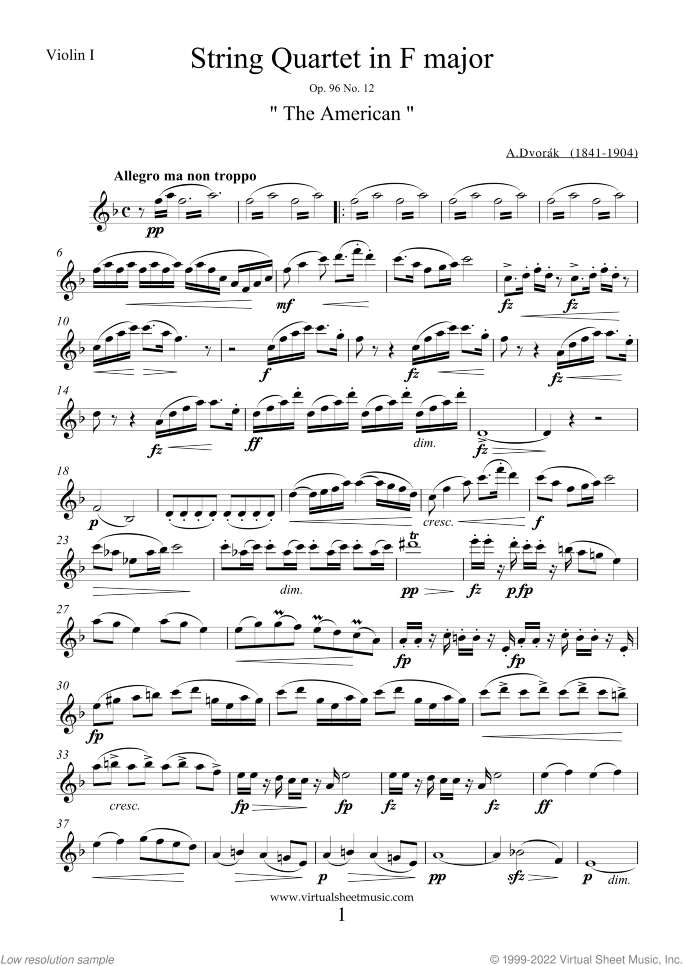Transposition 1
Suite bergamasque, four-movement suite for piano by French composer Claude Debussy, begun in 1890, when the composer was a student, and revised and published in 1905. Its most readily recognizable segment is the third movement, the ever-popular “Clair de lune” (“Moonlight”). The work’s title. Debussy - Clair de LuneClick the 🔔bell to always be notified on new uploads!♫ Listen on Spotify: Sheet Music on nkoda: http://bit.l.
[uo] [fh] [sf] [iO] [ad] [sf] [ad] [uo] [ps] [ad] [ps] f s [yi] [oa] [ps] [oa] [tyi] p a p d p [ryio] p o [ety] i o i [Wryu] [wet] u i u p u [qy] u y [0we] t y t [9qwr] 5 1 [0w] [uo] [fh] [sf] [48] [8qetipd] f d [38] [0wtos] [yd] [tuosh] [wtusf] [48] [8qetipd] f d s 5 [E0tos] [yd] [Etupfj] [oh] [uf] 6 [0eyupd] f d [ts] p [2] [uipfjx] [yipdjz] [yipdjz] [yipdjz] [tipsjl] [tipsjl] [tipsjl] [ripagjk] [ripagjk] [ripagjk] [tipsjl] [etipgj] [26] [uipfjx] [ipdgjc] [uipfjx] [yipdjz] [uipfjx] [yipdjz] [tipsjl] [yipdjz] [tipsjl] [ripjk] [tipz] [sjl] [eyipgj] [5] [qig] [wryodh] [rak] [eyipgj] [qig] [%] [qryiadg] [qryiadg] [qryiadg] [qryiadg] [wryoadh] [qryiadg] [6] [qetisg] [woh] [tsl] [etipgj] [qig] [7] [qeyipdg] [qeyipdg] [qeyipdg] [qeyipdg] [wruoafh] [qeyipdg] [18] [qetipsg] [woh] [ydz] [tipsgjl] [epj] [29] [etipgj] [etipgj] [etipgj] [etipgj] [ryoahk] [etipgj] [tipsjl] [yipdjz] u o s f h l v Y o p s D h l v y i o s d h l v w y i a o d h [1uo] 5 8 0 w t 3 7 0 w r u [5oP] ( w E [Ys] o [1uo] 5 8 0 w t 3 7 0 w r u [5oP] ( w E o Y [1us] 5 8 0 [wod] t [usf] o u t w 0 [wus] 0 8 5 [8sf] 5 [2dG] 6 [9sf] Q [eps] y [Ips] y [eu] Q [9t] 6 [2t] 6 9 [Qe] 9 6 [5p] 9 q e r i 4 8 q e t i [3a] 7 0 w [rof] u [5p] 9 q e r i 4 8 q e t i [3a] 7 0 w [rof] u [2g] 6 9 q e y i i p [uf] i p [TS] i p [yd] i p [Tj] i p p g j y i p p g j [wrh] Y o a D h [8fh] w t u o s [0w] r u o a f [whEJ] Y o P [Dl] h [8fh] w t u o s [0w] r u o a f [whEJ] Y o P h D [Etl] Y o [Ps] h D [tYZ] o P [sD] l h [Yov] P s [Dh] Z J [ov] O s h l H [ic] O s g l H [ui] O s g l H [Yic] O s g l H [yi] O s g l H [tYV] O s D m l [Eg] y i i s O W t Y i s O [wH] t Y O [Dl] H [qlZ] t [YJz] i [OHl] s [hDJ] g D [sgH] O i Y i [YDh] t [Wdg] q [4sD] 8 [(Pd] q [WOs] t [oYP] t [iWO] q [(Yo] 8 4 8 [4yi] 8 [4tY] 8 [5qty] 9 5 9 [5w] 9 [5e] 9 5 9 [5t] 9 [5ryi] 9 5 9 [5yip] 9 [5qty] 9 5 9 [5w] 9 [5e] 9 5 9 [5t] 9 [5ryi] 9 5 9 [5yip] 9 [5t] 2 [5oaf] 9 [5ipd] 9 [wtip] 9 [we] y [wt] 9 [weio] 9 [5r] 9 [5y] 2 [5tip] 2 [5oaf] 9 [5ipd] 9 [wtip] 9 [we] y [wt] 9 [weio] 9 [wr] 9 [wy] 9 [qtd] y i p [wi] y e y i p [ti] y [rg] y i p [aj] d [qtd] y i p [wi] y e y i p [ti] y [rg] y i p [aj] d [iz] p s d g j i p s d g k i p s d g j i O s d g H [il] O s d g J [iz] O s d g H u o a f h k [xv] [ux] u O [akz] d [flx] H [kz] u u o [pjl] s [fkz] h [jl] [lx] u [jl] y i [ohk] a [djl] g [hk] y t y [igj] p [shk] d [gj] z j [rfh] y u o j a h 7 q [edg] r [yfh] i [pdg] [O0ryf] w e [tsf] u [odg] p [sf] j f [qsd] e t y f d 0 w [eps] t [uad] o [ps] [9qroa] 5 [15] [0w] [uo] [Efh] [sf] [48] [8qetipd] f d 5 [0wtos] [yd] [Etuofh] [tusf] 6 [0eyupd] f d [ts] 3 [wt] y [tup] [wtu] 2 [eti] o [9ips] [tyip] 5 [rip] 9 a [oafh] [wrio] 1 5 8 0 w t 3 7 0 w r u 1 5 8 0 w t 3 7 0 w r u [5oP] ( w E Y i [Yos] 8 w t u o s 0 r u o a f 8 w t u o s 0 r u o a f [whJ] E Y o P D l [whJ] E Y o P D l [5Z] [1xv] 5 8 0 w t u o s f h l t o s f h l x v
The poem Clair de lune (Moonlight) is from Paul Verlaine’s collection of poems “Fetes Galantes” dating back to 1869. The French poet was associated with the Symbolist Movement; and the poem is a mixture of Romance and Impressionism.
Clair De Lune
BY PAUL VERLAINE
Your soul is as a moonlit landscape fair,
Peopled with maskers delicate and dim,
That play on lutes and dance and have an air
Of being sad in their fantastic trim.
The while they celebrate in minor strain
Triumphant love, effective enterprise,
They have an air of knowing all is vain,—
And through the quiet moonlight their songs rise,
The melancholy moonlight, sweet and lone,
That makes to dream the birds upon the tree,
And in their polished basins of white stone
The fountains tall to sob with ecstasy.
~~ ORIGINAL FRENCH ~~
Clair De Lune
Votre âme est un paysage choisi
Que vont charmant masques et bergamasques
Jouant du luth et dansant et quasi
Tristes sous leurs déguisements fantasques.
Tout en chantant sur le mode mineur
L’amour vainqueur et la vie opportune
Ils n’ont pas l’air de croire à leur bonheur
Et leur chanson se mêle au clair de lune,
Au calme clair de lune triste et beau,
Qui fait rêver les oiseaux dans les arbres
Et sangloter d’extase les jets d’eau,
Les grands jets d’eau sveltes parmi les marbres.
Analysis of Verlaine’s “Clair de Lune”

The poem Claire de lune by Paul Verlaine consists of three stanzas where the poet takes the readers through a journey where he gets in touch with his soul, with the hopes of finding himself. Translated to English, the name of the poem means “Moonlight”. The poet does an intense soul searching under the moonlight where the poet has created another superficial universe for himself where he associates his soul to a picturesque landscape. He invites all kinds of distractions to feed to his soul in the form of masquerades, singing, and dancing. The poet talks about his imaginative distractions, especially in lines 2-4, where he mentions “playing the lute”, and being “sad beneath their fanciful costume”.
In the second stanza the poet dedicates the whole stanza to ease his soul with the sound of melody. The lines “singing together in a minor key”, “and their song melts into the lunar beam” reflect his soul connecting his imaginations under the moonlight with his aching for melody.
Clair De Lune Wikipedia

The third stanza portrays the poet acknowledging the picturesque beauty of the moonlight. The poet uses the adjectives “sad and beautiful” to describe the enchanting moon and its alluring beam of light that lulls the birds in the trees to the land of dreams. The poem signifies what the moonlight means to the poet and how his soul is connected to it. To him, the moonlight even comes down the jets of fountains, the jets that soothe and ease the marbles underneath the surface.

Clair De Lune In Movies
The poem has been initially translated from French into English, hence the analysis of the lines has been jotted down according to its meaning in English language.